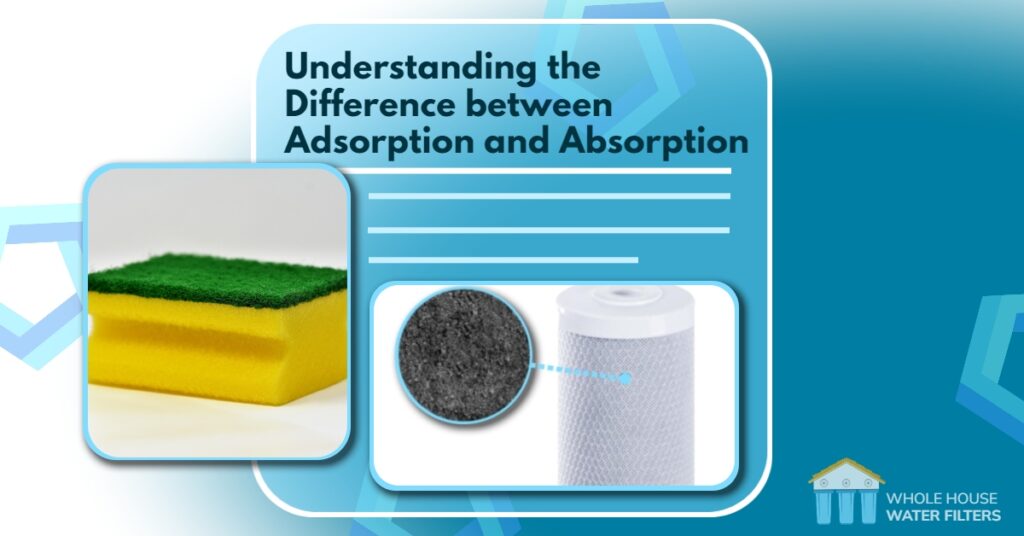Uncategorized
Adsorption vs Absorption: Understanding the Difference and Examples
Sorption is a general term used to describe the process by which molecules or ions are taken up by a solid or liquid substance through either adsorption or absorption.
Adsorption is a type of sorption in which molecules or ions adhere to the surface of a solid or liquid. The molecules or ions are attracted to the surface and adhere to it through weak intermolecular forces, such as van der Waals forces. The adsorption process can be physical or chemical. In physical adsorption, the molecules are attracted to the surface through van der Waals forces, while in chemical adsorption, the molecules react with the surface and form chemical bonds.
Adsorption examples:
- When a gas is passed over a charcoal filter, the gas molecules are adsorbed onto the surface of the charcoal due to van der Waals forces.
- In wastewater treatment, activated carbon is used to adsorb organic compounds and impurities from water.
- In chromatography, a sample is adsorbed onto the surface of a solid support material, which separates the different components based on their affinity for the surface.
Absorption, on the other hand, is a type of sorption in which molecules or ions are taken up by a solid or liquid substance through diffusion or penetration into the bulk of the material. In absorption, the molecules or ions are usually dissolved or dispersed in the substance, rather than being adsorbed onto its surface.
Absorption examples:
- When a sponge is dipped in water, the water molecules are absorbed into the sponge due to capillary action and diffusion.
- In the human body, nutrients from food are absorbed in the small intestine through the intestinal wall and into the bloodstream.
- In air conditioning, moisture is absorbed from the air by a desiccant material, such as silica gel, to reduce humidity levels.
In summary, the main difference between adsorption and absorption is the location where the molecules or ions are taken up: adsorption occurs at the surface of a material, while absorption occurs within the bulk of the material.


